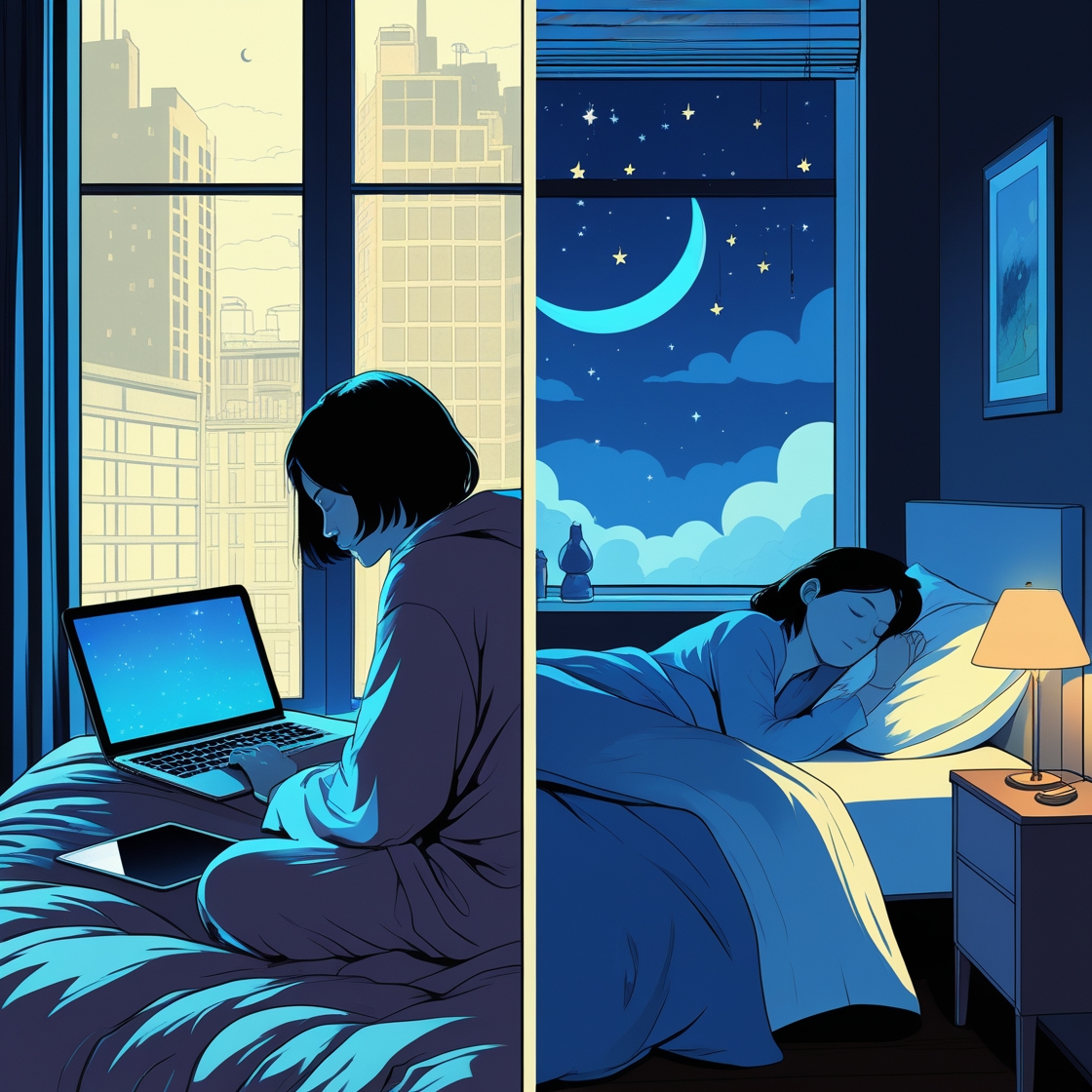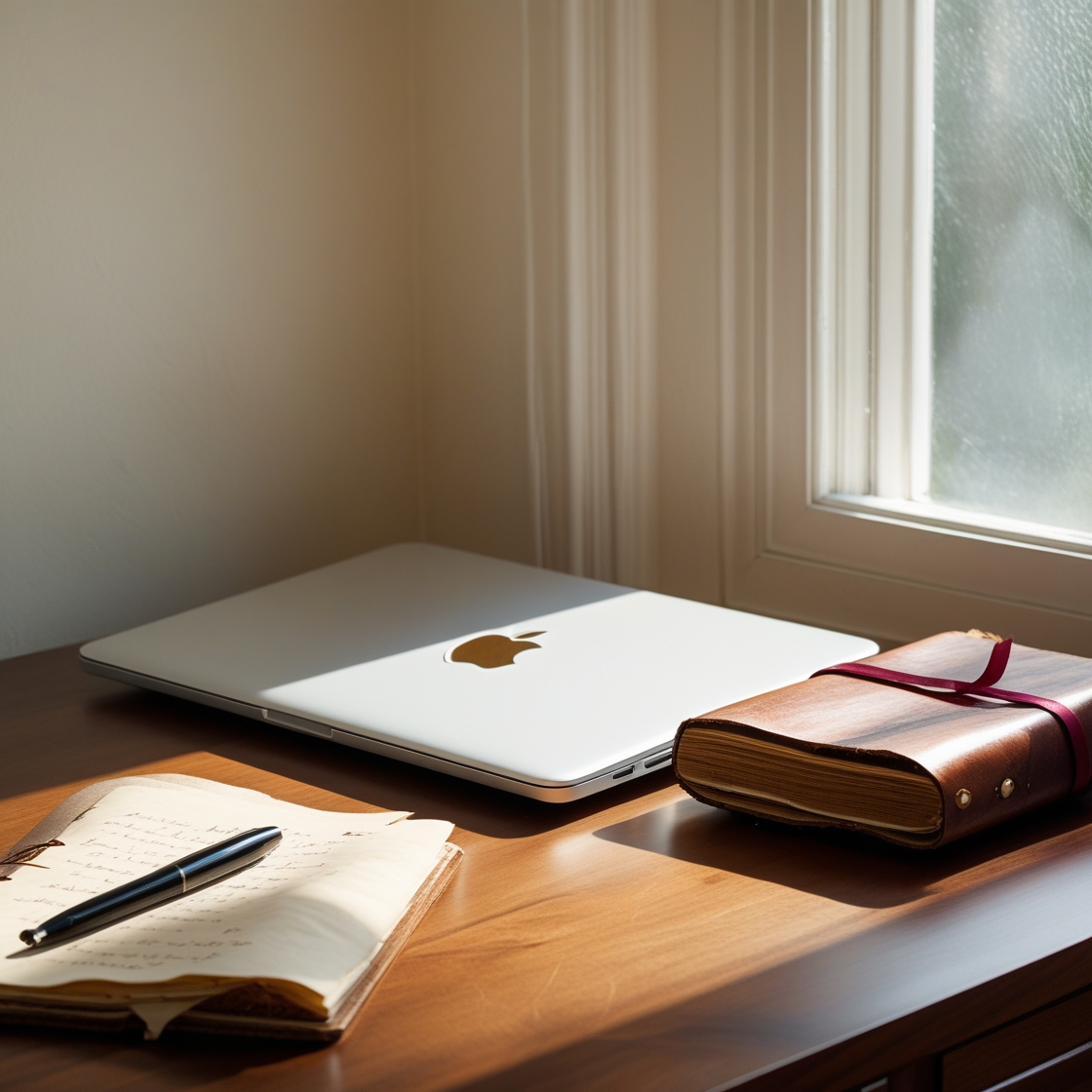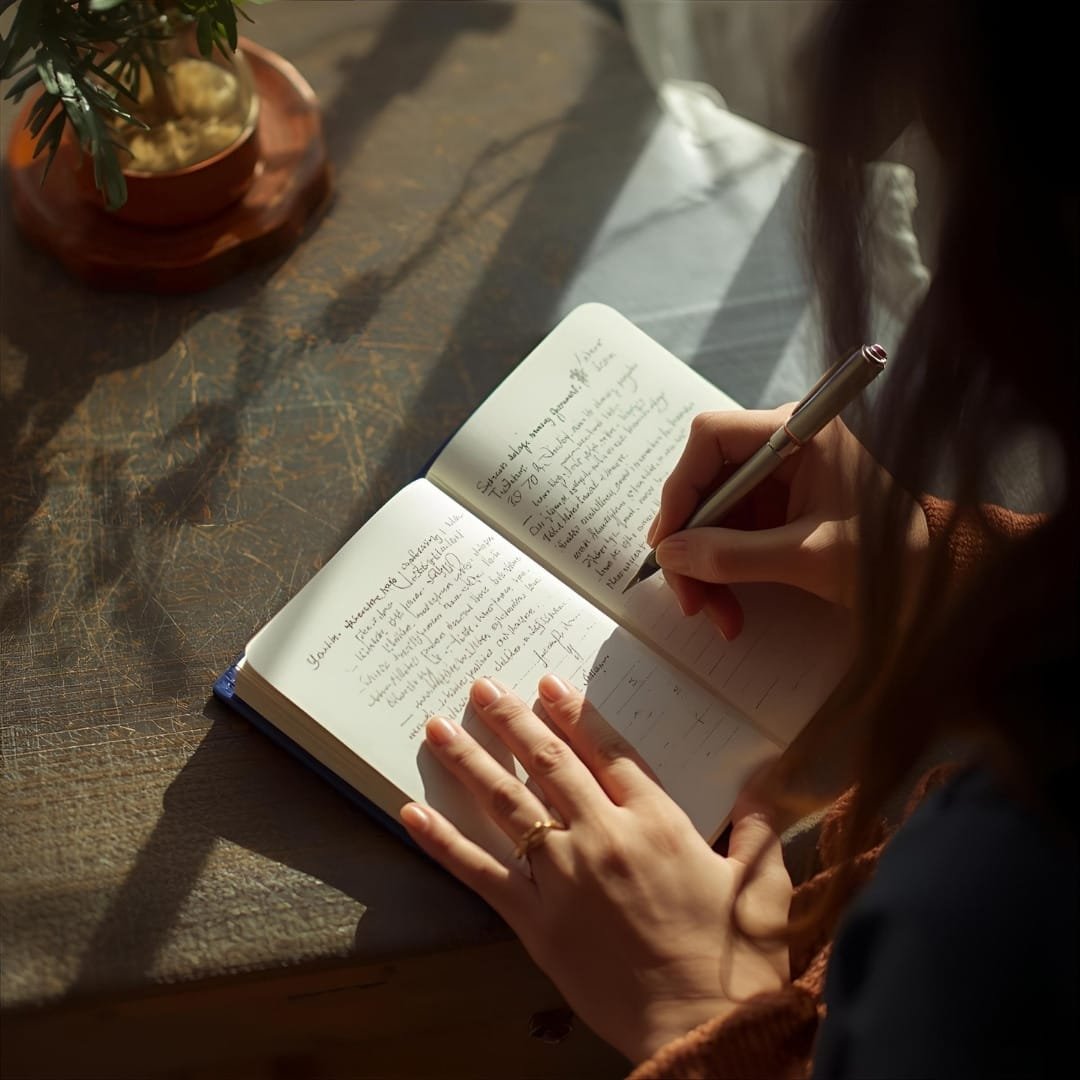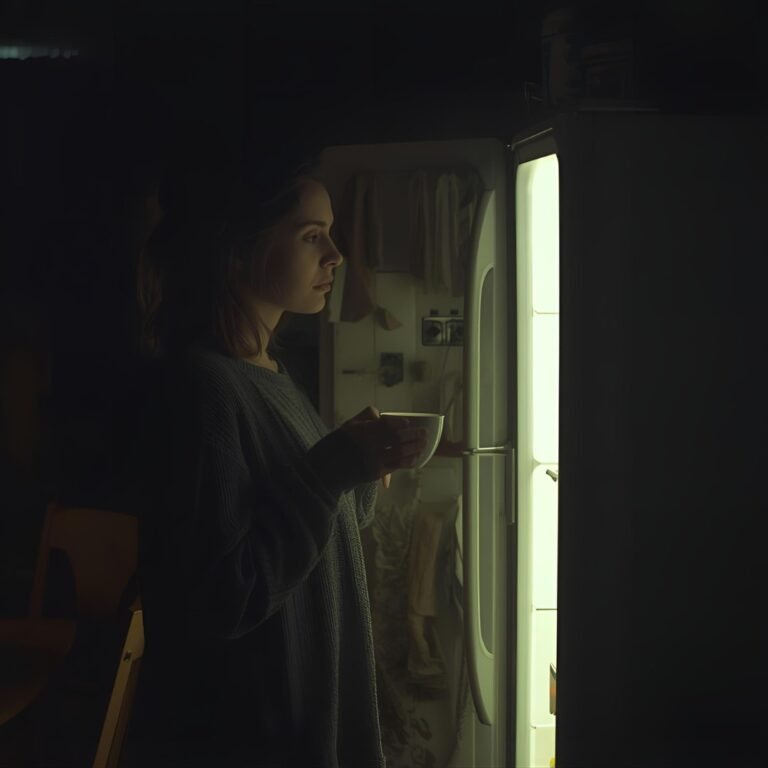Disclosure:
Thank you for reading this post, don't forget to subscribe!
Some of the links on this website are affiliate links. This means that if you click on the link and make a purchase, we may receive a small commission at no extra cost to you. Your support helps us keep the site running.Learn more on my Privacy Policy and Affiliate Disclosure page. Thank you for your support!
A lot of us might say our phones and gadgets feel like extra limbs by now. With the hustle and bustle of daily life, screens have become our go-to for entertainment, work, and everything in between. But let’s face it, too much screen time can often leave us feeling drained and disconnected.
The 30-Day Digital Detox Challenge is here to help you step back and reconnect with the world around you. By breaking away from the constant pings and notifications, you get to rediscover the joys of living in the moment. It’s all about finding a balance where you’re the one in control, not your devices.
Now, the aim isn’t to give up screens entirely—that’s nearly impossible in today’s world. Instead, it’s about reducing dependency and seeing how less screen time can open the door to better sleep and clearer thinking.
Think about waking up refreshed, without the haze that screen overload often brings. Imagine moving through your day with a clearer mind and more energy. It might sound dreamy now, but many who’ve tried it share stories of finding unexpected joy and calm.
Put simply, this challenge is your chance to focus on human connections and personal well-being. By the end of these 30 days, you’d be surprised at how a little change can bring about a big impact in your daily life.
READ NEXT:
Understanding Screen Time: An Invisible Drain
Ever notice how a quick scroll through social media magically turns into an hour? That’s screen time, playing its sneaky tricks. We spend more time on these devices than we realize, and it’s kind of wild when you actually think about it.
It’s not just about feeling tired after binge-watching your favorite series all night. Too much screen time can mess with both your mind and body. We’re talking about headaches, sleep problems, stress, and even a sense of restlessness that just doesn’t seem to go away.
Digital burnout is real. If you’ve ever felt like you’re constantly tapped out or running on empty, there’s a good chance your screen habits might be to blame. It’s like carrying around an invisible weight that drains your energy piece by piece.
And then there’s the sleep factor. Ever find it hard to switch off at night? Screens can trick your brain into thinking it’s still daytime, making those late-night Instagram scrolls a major culprit behind sleepless nights. Your body’s natural sleep rhythms take a hit because blue light from screens delays melatonin production—the hormone that says, ‘Hey, it’s sleepy time!’
All of this screen-induced chaos can leave you feeling foggy, anxious, and just not yourself. But it’s not all doom and gloom! Once you’re aware of the impact screen time has, taking steps to reduce it can lead to some really positive changes.
Check ou post on10 Simple Ways To Practice Mindfulness Every Day-In this post, we’ll explore 10 easy ways to practice mindfulness every day, even in the busiest of schedules.
The Interplay Between Screen Time and Sleep Quality

It’s no secret that screen time and sleep quality have a complicated relationship. Ever wondered why you struggle to doze off after a late-night binge on your phone? That’s because too much screen exposure can knock your body’s natural sleep-wake cycle off track, making it tougher to catch those Zs.
The buzzword here is blue light. It’s everywhere—phones, tablets, and TVs emit this right into our eyes, telling our brain to hit pause on melatonin, the hormone that signals ‘hey, let’s wind down for the night.’ When melatonin’s out of the loop, falling asleep turns into a Herculean task.
Social media doesn’t help much either. It’s like a rabbit hole that can keep you hooked for hours. The stimulation keeps your brain wired and awake at night, and you end up tossing and turning. Not quite the formula for a restful night.
Plenty of studies back this up. Research shows that cutting back on screen time, especially before bed, sets the stage for deeper, more refreshing sleep. Imagine waking up feeling genuinely rested without the grogginess.
Try unplugging a couple of hours before hitting the sack. You’re likely to start noticing a difference pretty fast—better quality sleep and waking up ready to crush the day. It might take a bit of getting used to, but those extra sheep you count will thank you for it.
Gaining Mental Clarity through Digital Minimalism

Digital minimalism is like hitting the refresh button on your digital world. It’s about keeping only what you need and cutting out the noise. Sounds freeing, right? Less clutter means less stress, and more room for the things that truly matter.
Living in a digital jungle can cloud your thoughts, making it harder to focus. By clearing out the unnecessary apps and endless notifications, you create space to breathe and think clearly. It’s like tidying up your room, except you’re tidying your mind.
There are some cool stories out there of folks who’ve tried it, finding unexpected clarity and purpose. You’d be surprised how ditching that constant need to check your phone can open up whole new perspectives.
So how do you start? Begin with simple steps like organizing your apps, turning off non-essential notifications, or setting specific times to check emails. As you peel back the digital layers, you’ll find yourself more present in the moment.
This isn’t about pulling the plug altogether or going off-grid. It’s more about creating a balanced approach where technology serves you, not the other way around. With each step forward, you’re reclaiming a bit of mental peace and clarity.
Participating in the 30-Day Digital Detox: A Step-by-Step Guide
Embarking on a 30-day digital detox might feel daunting, but it’s all about taking steady, manageable steps. The first thing to do is set your goals. What do you want out of these 30 days? Maybe it’s finding more time for hobbies, sleeping better, or just feeling less anxious.
Once you’ve got your goal, outline a plan that fits your lifestyle. This could mean setting specific hours for screen use or choosing certain apps to limit. Remember, it’s not about quitting cold turkey; it’s about finding a balance that works for you.
Swap screen time with activities that keep you engaged. Remember those books collecting dust on your shelf? Now’s the time to revisit them. Or maybe it’s exploring a new hobby like painting or gardening. The key is to find something that captures your interest.
Keep track of your progress and make adjustments along the way. Some days will be easier than others, and that’s okay! It’s about consistency and figuring out what helps you feel more fulfilled.
Expect a few bumps in the road. Old habits die hard, and you might find yourself reaching for your phone out of instinct. When those moments hit, take a breath, and remind yourself of your goals.
The idea is to gently ease yourself into less screen dependency and see the positive effects unfold. By the end of the month, you might find that these new habits become a welcome part of your daily life.
Learn how screen use at night affects your ability to fall fast asleep by National Sleep Foundation.
RECENT POST:
Reflecting and Moving Forward: Sustaining the Benefits
After wrapping up your 30-day digital detox, take a moment to appreciate the journey. You’ve likely seen some positive changes—better sleep, clearer thoughts, maybe even more time for things you truly enjoy.
Reflect on the improvements you’ve noticed. Has the morning felt less rushed without that initial screen check? Perhaps your focus has sharpened, or there’s been a shift in how you connect with people around you.
This is the perfect time to think about how to keep the good vibes rolling. Developing a long-term strategy for balanced tech use isn’t about strict rules or going tech-free. It’s more about making mindful choices so you can live life with intention.
Consider creating tech-free zones at home or setting regular digital detox days to maintain this new sense of clarity and peace. These small, intentional habits can be powerful in helping you stick to a healthier digital life.
Share your experience with others who might be struggling with similar screen time issues. Encourage them to embark on their own detox journey. Sometimes, seeing someone else’s success is the nudge they need.
Continuing these habits at a relaxed pace ensures that you’re not just falling back into old patterns. It’s about sustainable, enjoyable living in a world where screens aren’t going anywhere.
Want more health and wellness tips? Visit MorningScape Mindset Media for expert advice on fitness, nutrition, and self-care. Don’t forget to share this guide with friends and family looking to improve their eating habits!
MORE ABOUT:
HEALTH / WELLNESS / FITNESS / NUTRITION
SHARE THIS ARTICLE

















